A History in Fragments: An Interview with Lamia Joreige
Author ········· Zeina Abi Assy
Photos ········· Dania Bdeir
Published ······ Online, Mar 2015
Section ······· Art & Design
Photos ········· Dania Bdeir
Published ······ Online, Mar 2015
Section ······· Art & Design
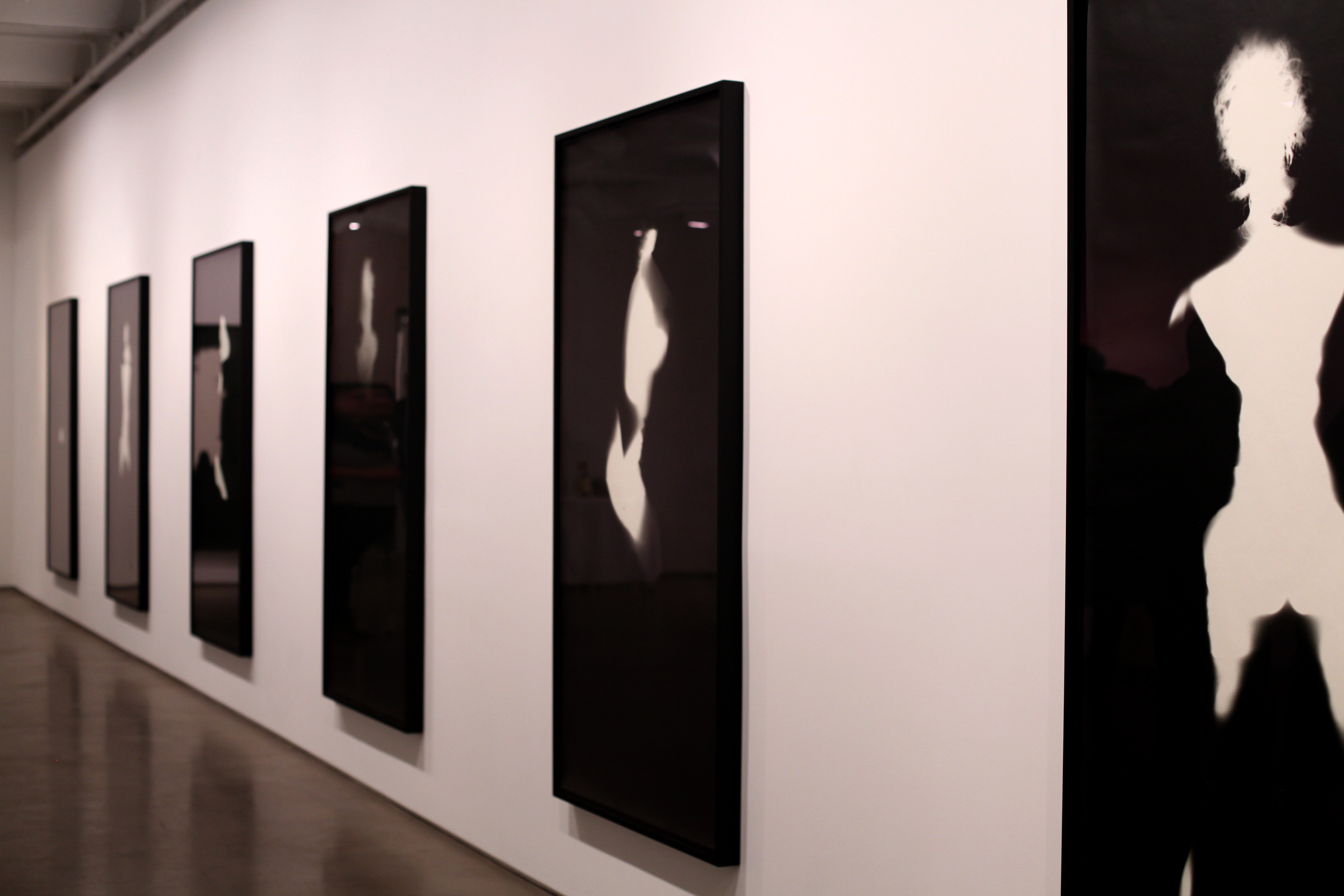
I met with Lamia Joreige at Taymour Grahne Gallery in New York a few hours before the opening of her first solo exhibition in the United States Records for Uncertain Times. Lamia is a visual artist and filmmaker based in Beirut, Lebanon, and the exhibition showcases three of her most recent works: Mathaf (museum) (2013), the first in a series called Under-Writing Beirut, which explores ideas of disappearance through place. Using silkscreen pieces, 3D art, video art, and images taken with a pinhole camera, Mathaf toys with the negative of the whole and the positive of the void; Nahr (river) (2014-2015), is the second in the series, and it investigates the area around the Beirut River through a set of paintings and a short documentary. The final piece, One Night of Sleep (2013), is a series of 14 human size images in motion only in the manner in which they record time unfolding (seven images are displayed at the gallery). The artist took me on a tour of her exhibition and discussed the themes and driving forces within these three works. I then sat down with Lamia to ask her a few questions about her work.
ZA | My first interaction with your work was at the New Museum where I saw Objects of War (1999-ongoing), and I had such a strong reaction to the project. I am an MFA student, and I wrote about it for my workshop piece. One of the things I focused on was how much it revealed to me things that I felt I did not have access to, even though I am Lebanese. I was born at the end of the [Lebanese] civil war, and it seemed to me like the discourse about the war was distanced and fragmented, it was not passed on to me. How do you feel like these series are speaking to the different generations?
LJ | You know it is very personal because I can tell you why I did it, but to understand the reaction of the people is very hard because you always have two reactions. [On the one hand] you have those who are thanking you for speaking of it, for rendering visible and audible a speech that otherwise would not be known, [and on the other] you have [those] that [ask] you why are you talking about the war, [because] this is really something we are tired of hearing, the war is over, or if it’s not over it has been talked about for so long. These are the two general reactions that I get from different generations. I would say that in general the older generation has a tendency to not want to talk about it too much.
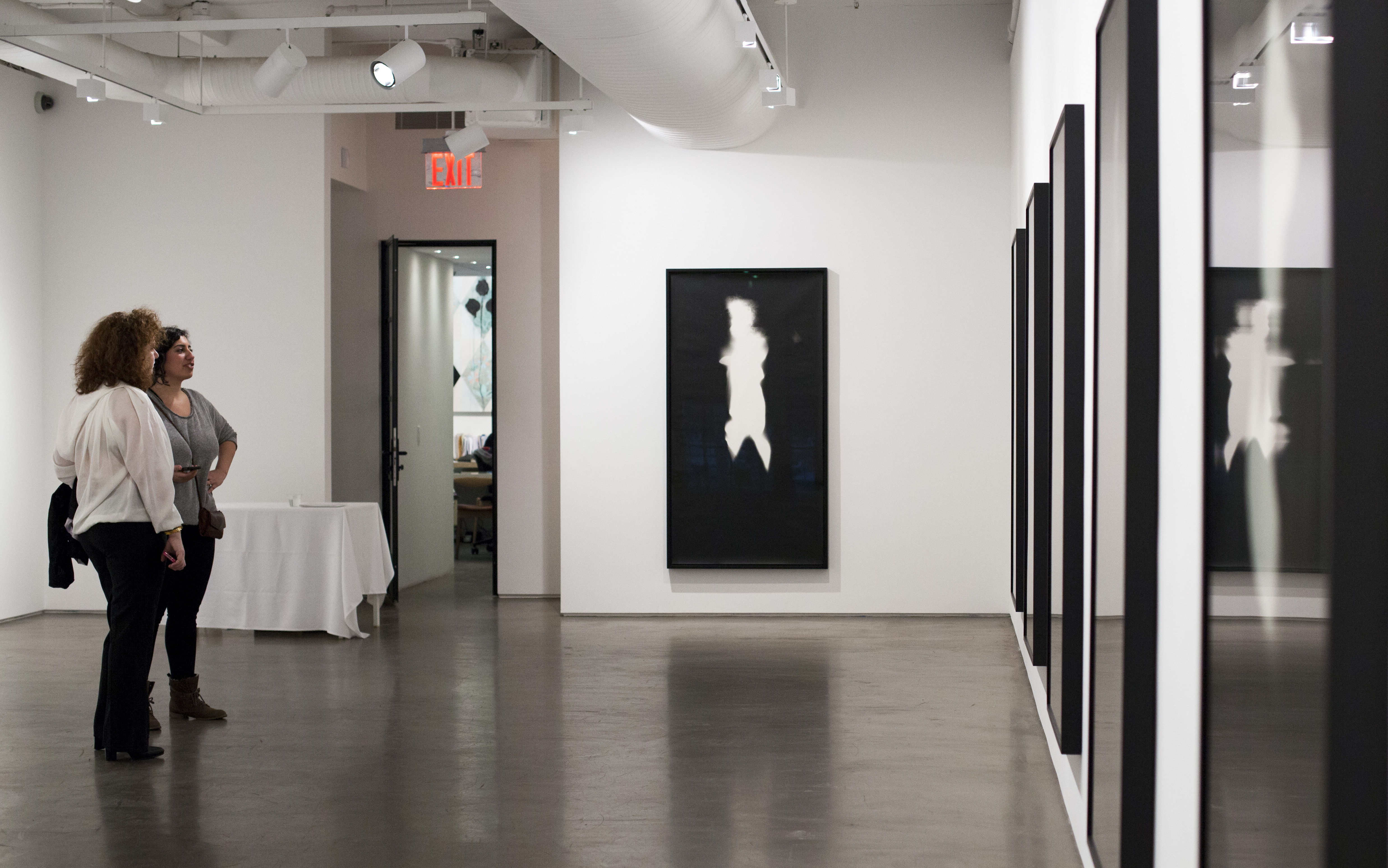
ZA | What were you hoping for? What kind of conversation were you hoping to introduce?
LJ | My obsession at the end of that war was to say how can we narrate, how can we represent what happened, how can we approach the idea of history. I think I realised it was a huge task and somehow impossible. Of course you have facts and accounts and you can read really interesting things about what happened, but for me what was interesting and missing was the subjectivity of these stories. So it was important to emphasise that we will never be able to have a complete account and that there will always be things that were missing. So the project encompasses its own failure, and that was also important to me.
The other important thing was to bring visibility to this speech, like you were saying this idea of transmission, the idea of passing on a speech, having banal and extraordinary stories at once being told that had nothing to do with what you may hear on TV or in the media. That started by a very simple device: they were triggered by a very personal object. And the object itself becomes a piece of evidence, it becomes a relic, the archeological finds, as though you were to look at the past and display the archeological finds in a museum. These are the objects of war; it is not the bullets, [nor] the guns – although those were also objects of war – but the personal objects that people dig from their drawers and their attics to give them to me in order to speak. Those were the real objects. The object then had a double value: it was a document, a relic and it was also a mnemonic object, the thing that triggered the speech.
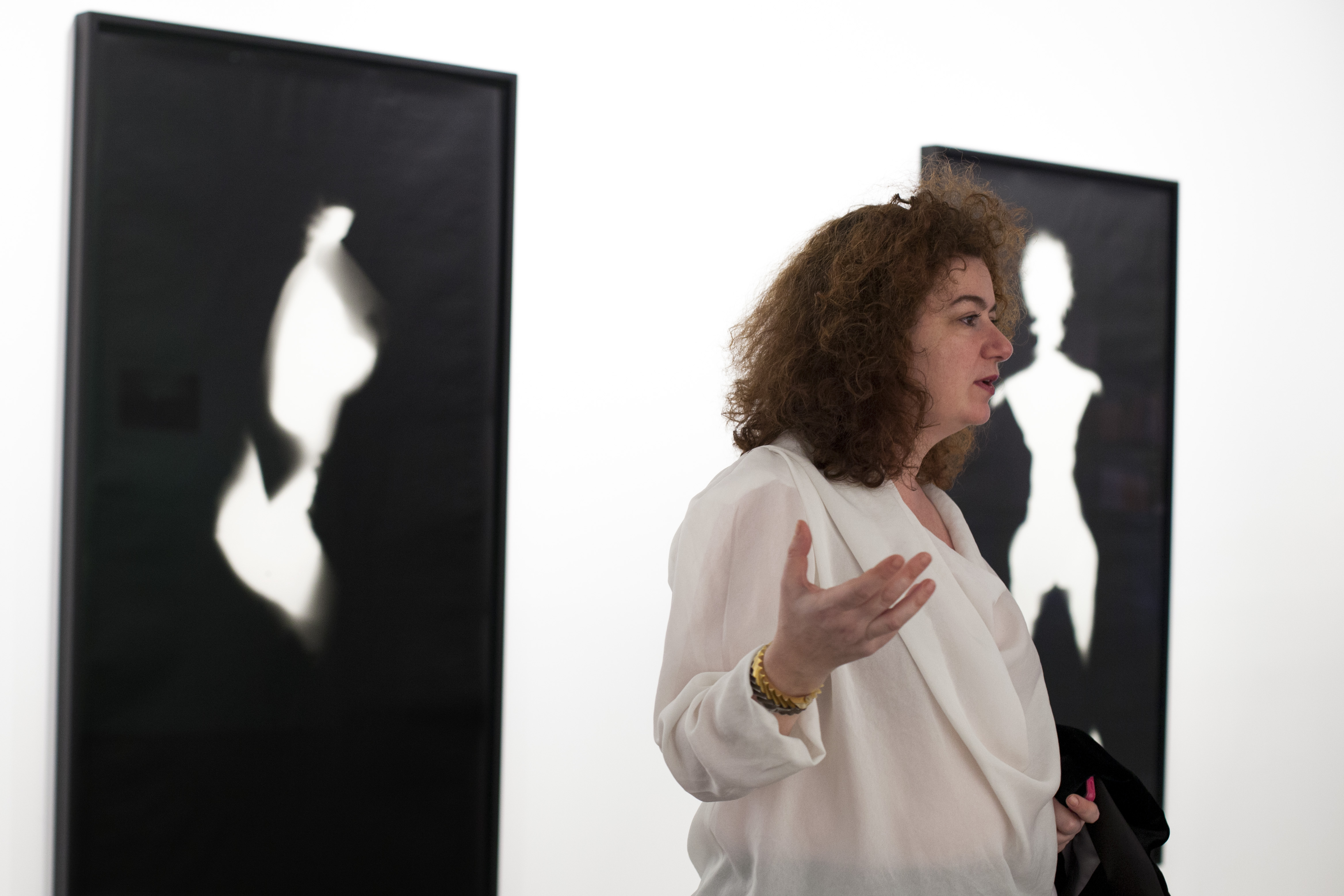
ZA | That’s another thing I was interested in asking you about. In a lot of your work, you use place and objects as a portal to evoke a part of the past, you sort of touched on that already, but maybe talk a little about their relationship to memory?
LJ | The relation to memory is obvious, but it is rather the idea of the process of memory because the object triggers a speech and a process of memory. Within the process of memory, what is said is said in the present, so it is the idea of performative memory that is done in the present and links to the past. Because it is always in the way you remember the thing and not the thing itself. So of course language becomes very important. It is also a device I used in Here and Perhaps Elsewhere (2003), a film I made about the kidnapped, using the same question across the dividing line, it was something that also triggered performative memory. I would ask questions to people, and they would tell me their story.
ZA | Let’s talk about the aspect of time. In a lot of your work you either defy time (Beirut Autopsy of a City), recreate time (Objects of War) or document time (One Night of Sleep). So I am curious about your relationship with time?
LJ | I think all artists deal with time. I [believe] time is the essence of art. I am interested in the idea of nonlinear time, so although Beirut Autopsy of a City (2010) is a chronology, it is chronology with a lot of gaps and holes, and it is a speculation that goes from 1200 BC to the year 2058. In other work like Replay (2000), I use nonlinear time, there is no past and present and future. It is more this idea that a fragment of an image or an image fragment may have occurred in the past and the future. This idea of time and recording it is important. One Night of Sleep (2013) is a project that is time based, and although it is a still image, it is really about time unfolding and the recording of the time unfolding. So it is not instantaneous like a camera and it is not like a video.
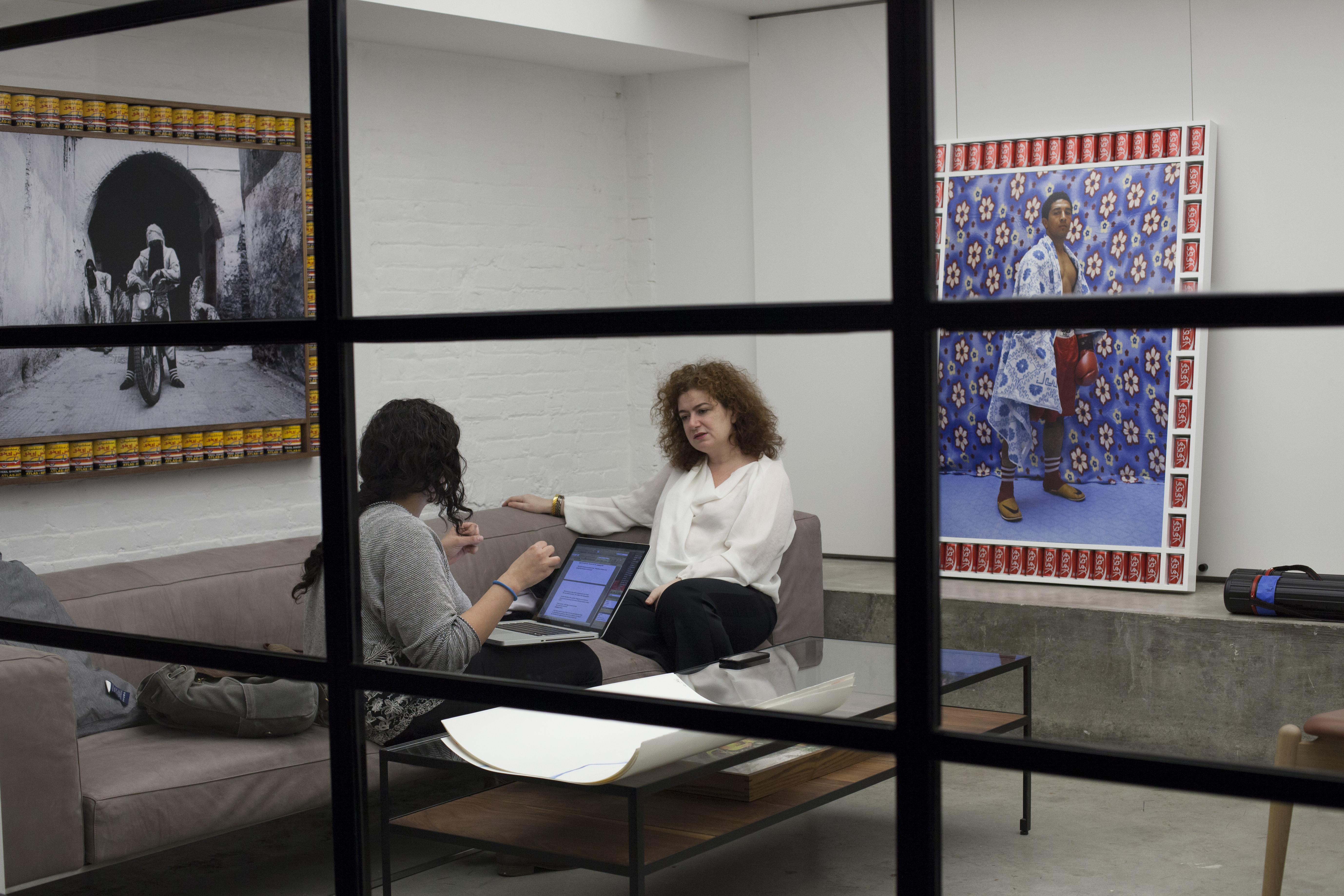
ZA | A lot of the projects have an element of discovering things about the broken history of Lebanon. What is the challenge in filling these gaps with these personal histories? And can these personal histories sit in for a grand narrative?
LJ | No – it’s precisely that they don’t pretend to take the place of a grand narrative. I think they are the alternative. I mean I don’t even know if we should wish for a grand narrative. We don’t have one because we [can’t] agree on one, [and] I don’t know if we should wish for one because everything that happened in the past 30 years – the actors of these events and conflicts – are still there today so it is very hard to have a distance. But my narratives are taken from a personal point of view that can meet the collective narrative, because I think there is a point of encounter. In A Journey (2006) a film about my grandmother, it is obvious. It starts in Palestine, and it is about what we inherited in that region of fragmentation, of hopes of modernity and the failure that the region has encountered and faced. All that through the very personal point of view of history, the story of my grandmother.
ZA | Since we have a lot of fragmentation and the history seems isolated, what is the role of fiction and fantasy? And how necessary then is fiction to our story?
LJ | I think fiction is everywhere. Fiction is even in the most remote places. Fiction is definitely important. It is imagination. For me, the recordings of reality through a camera, I call it a diagnosis of the real which I use in Under-Writing Beirut – in Nahr, in Objects Of War, whether recording testimonies or recording Beirut in the present there is always a first layer which is a diagnosis, this idea of document, this idea of an imprint of the present, of records of the present. And then the layering, the assemblage, the montage, and the way you work on it, whether you are adding text or adding voice over, whether you are adding a drawing or assembling different testimonies, the element of fiction has already entered. I am not saying that everything is fiction. Objects of War is not fiction, but it has some fictional elements in it. The mere fact of assembling subjective stories, of selecting specific people, the fact that they may play in front of the camera, who knows maybe they are inventing their own story. For me it is not fiction, but there are elements of fiction. There are places where the element of fiction is bigger and wider, for instance in Beirut Autopsy of a City I speculate on the future. I imagine that Beirut is entirely destroyed, and I write a text where the narrator is speaking of a catastrophe that has happened in 2058 and that has left the city in ashes. In that case, it is total fiction.

ZA | I know you lived through the war in Beirut. What was your experience?
LJ | I was born three years before the war started so I don’t really have any image of Beirut or Lebanon before the war. I lived part of my childhood there and part of it in France. I remember my childhood being really nice, but of course there were elements that were disturbing. [I mean] we had to leave, we [had to] change schools, we went to the shelter, there were bombings... But when you are a child you don’t have the same fear. In 2006, I was an adult, [and so] the Israeli attack was a bit more real. Although some neighbourhoods were not threatened, we were still in a state of siege in Beirut for a month, and you could only leave through Syria. When you are an adult it is more real. I don’t know how it affects children, I don’t know what the remains of it are. I was lucky I was never directly wounded but we did get a bomb in my grandmother’s home in the summer and I remember that clearly, I have even written about it. I was also privileged to live in France for a long period. So I can say I had a privileged childhood. The war is not one big chunk however. Some people never left and people continued to live, some people stopped going to school for a week or for a month, but then things would go back to normal. The war would slow down and some neighbourhoods were more dangerous than others.
ZA | I am curious as to what your Object of War would be?
LJ | It is the project itself.
ZA | But if you think of one thing you had maybe as a child?
LJ | It is something I lost but I can’t talk about it. It is something that I had lost which probably triggered that project. I like to think about the entire project as my object of war.
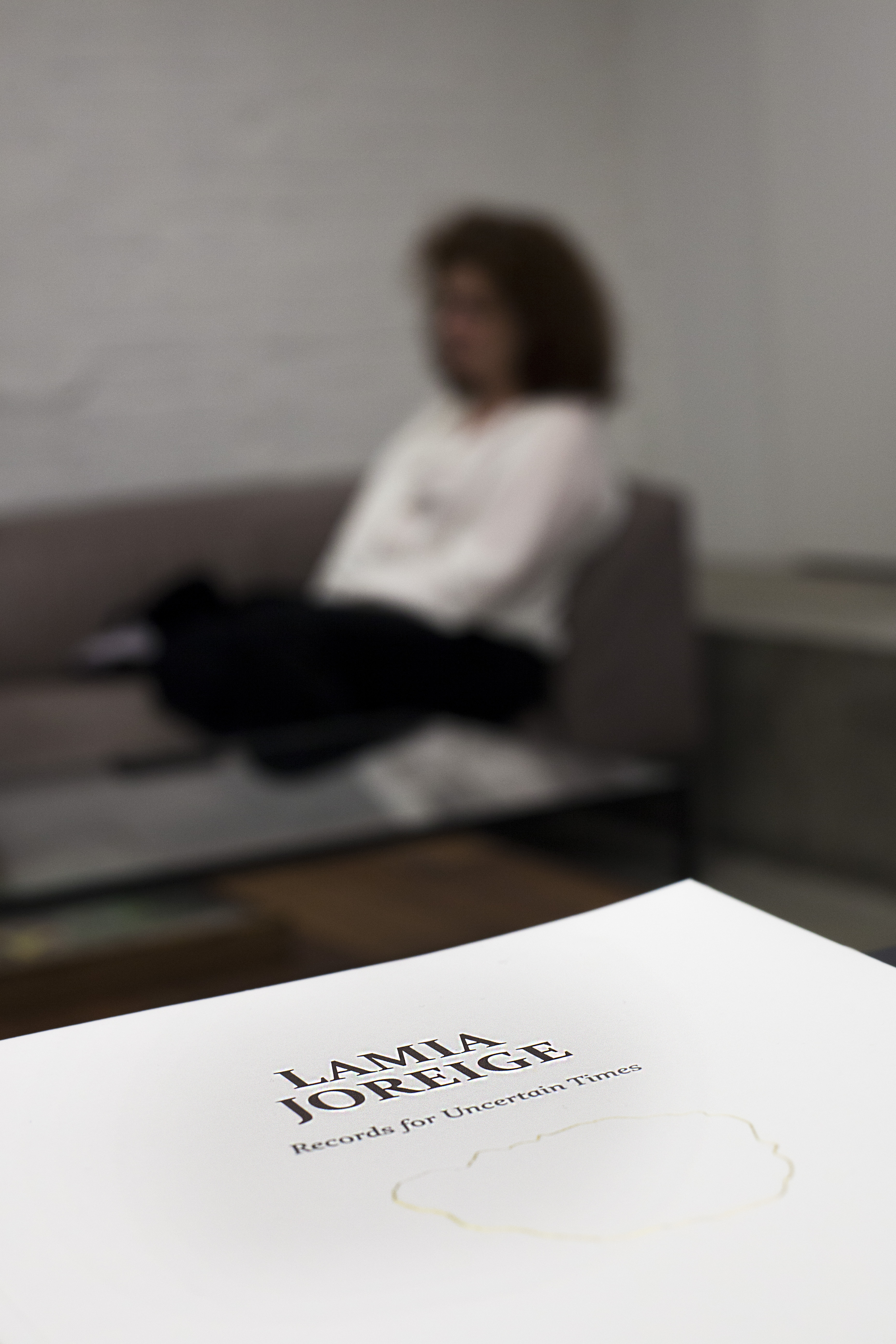
ZA | What is Lebanon for you now?
LJ | Lebanon for me is the place that I am irrationally grounded to, for the better and the worst. Sometimes I hate it, sometimes I love it, sometimes I am tired of it. I must say it is exhausting to live there but it has also a lot of positive things. For me Lebanon is not yet a nation state or a country, it is an experience – one that I am happy to take part in. But I often have the anxiety that the experience of Lebanon as we know it may no longer exist. Not in a nostalgic sense but in the sense that maybe this place can disappear because the region is entirely being shaken. And it is that fear, the projected fear that led me to do an installation like Beirut Autopsy of a City.
Records for Uncertain Times is on until 9 April 2015 at Taymour Grahne Gallery in New York. For details visit taymourgrahne.com.
lamiajoreige.com
Zeina
Abi Assy is a 26 year-old Lebanese writer, copywriter and media artist.
She received a BFA in Graphic Design from the American University of
Beirut. She currently resides in New York where she is getting her MFA
in Creative Writing Nonfiction at The New School. She is the co-founder
of The Seventh Wave, an online and print quarterly that will be launching in April 2015.
Dania
Bdeir is a 25 year-old Lebanese writer/director of Syrian origins.
She was born in Canada, where her parents fled to escape the Lebanese
civil war, and then moved back to Beirut where she finished her BFA in
Graphic Design at the American University of Beirut. Dania now lives in
New York City where she is pursuing her MFA in Film at NYU’s Tisch
School of the Arts. Her short film Kaleidoscope, which was shot
in Beirut, has travelled to numerous film festivals around the world.
She is currently writing her first feature film which she plans to shoot
in both Beirut and New York.
